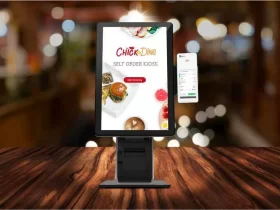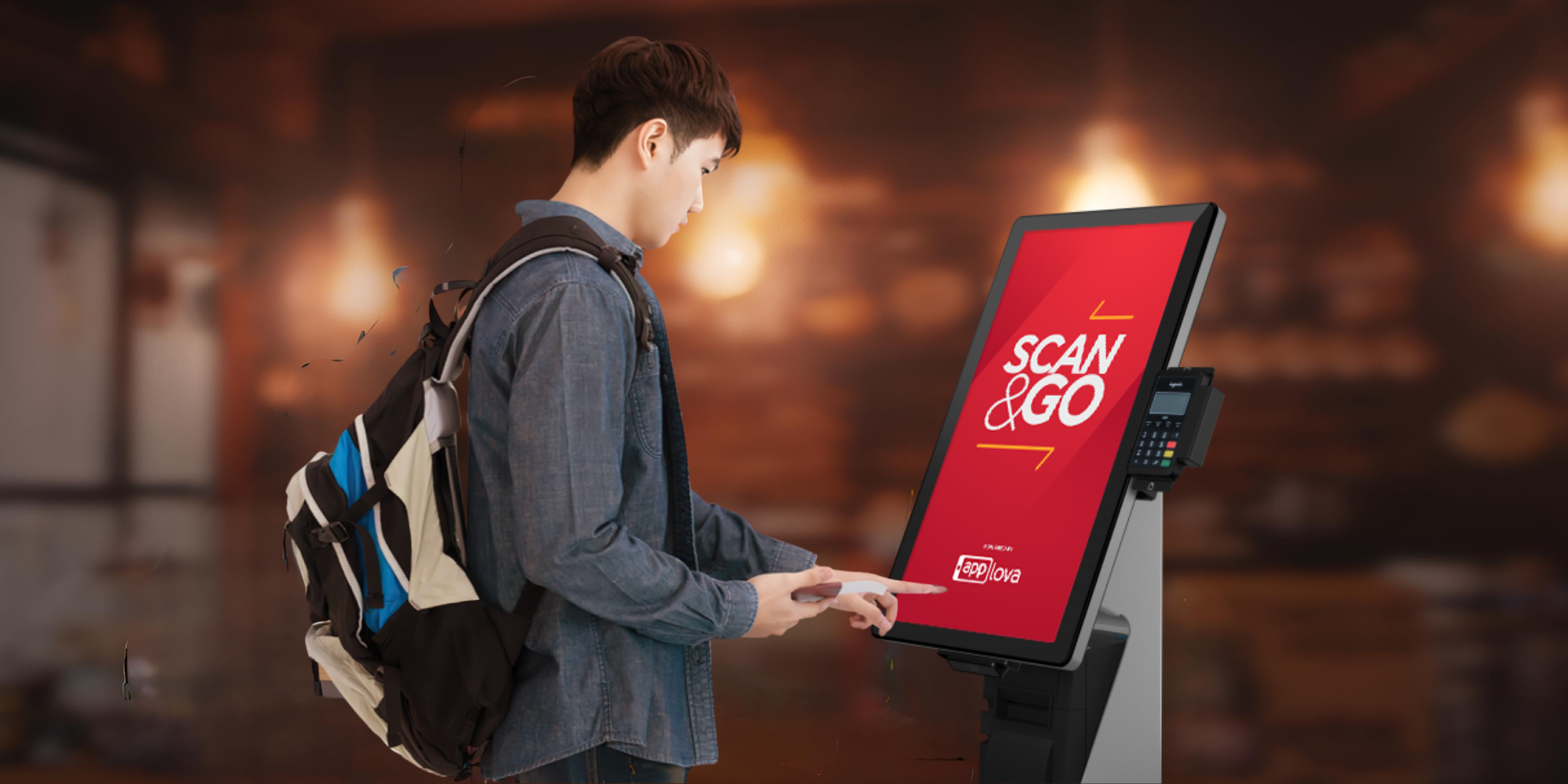In an era where the restaurant industry faces the relentless challenge of inflation, savvy restaurant owners are constantly on the lookout for innovative solutions to maintain profitability while delivering exceptional service. The advent of self-service kiosks is revolutionizing the dining experience, offering a beacon of efficiency and cost-effectiveness in turbulent economic times. This technology isn’t just a trend; it’s a strategic tool in the battle against rising costs and the quest for enhanced customer satisfaction. From the bustling fast-food joint to the cozy corner café, self-service kiosks are becoming an integral part of the food service landscape. This blog delves into how self-ordering kiosks are not just meeting the moment but are setting the stage for a future of streamlined operations, improved customer experiences, and financial resilience.
Harnessing the Power of Self-Service: A Strategic Move in Inflationary Times
1. Operational Efficiency and Cost Reduction:
In the face of soaring expenses, self-service kiosks stand out as a cost-effective solution for restaurant owners. These kiosks significantly reduce the need for front-of-house staff, allowing businesses to allocate human resources where they’re most needed. The automation of order taking streamlines operations, reduces human error, and speeds up service, ensuring that every customer interaction is swift and satisfactory. With self-ordering kiosk systems, restaurants can manage high volumes of orders with unprecedented efficiency, turning tables faster and serving more customers without compromising service quality.
Must Read: Self-Ordering Kiosks Help Combat The Labor Shortages In The Restaurant Industry
2. Enhanced Customer Experience:
Today’s diners value convenience and speed. Self-ordering kiosks cater to these demands by offering an intuitive, user-friendly interface that empowers customers to customize their orders precisely to their liking. This personalized approach not only enhances the dining experience but also increases customer satisfaction and loyalty. Moreover, self-service kiosks for restaurants often lead to higher order accuracy, ensuring that every dish served matches the customer’s expectations, every single time.
3. Boosting Sales through Upselling and Cross-Selling:
One of the most significant advantages of self-service ordering kiosks is their ability to boost sales through strategic upselling and cross-selling. These systems are designed to prompt customers with enticing add-ons and meal combinations, subtly encouraging them to spend more. By presenting visually appealing options and suggestions, self-ordering kiosks can significantly increase the average order value, driving revenue without the need for aggressive sales tactics.
4. Gathering Valuable Data and Insights:
In the digital age, data is king. Self-ordering kiosk software is a goldmine of customer data, providing restaurant owners with invaluable insights into consumer behavior, preferences, and spending patterns. This data can be leveraged to tailor marketing efforts, refine menus, and make informed decisions that drive business growth. Understanding what your customers want and how they interact with your kiosk system can transform the way you operate, making your restaurant more responsive to market trends and customer needs.
5. Competitive Edge in a Crowded Market:
Integrating self-service kiosks into your restaurant isn’t just about keeping up with the times; it’s about staying ahead of the curve. Establishments that embrace this technology position themselves as forward-thinking and customer-centric, appealing to a broader demographic, especially the tech-savvy younger generation. In a market where differentiation is key, self-ordering kiosks can be your ticket to standing out and securing a loyal customer base.
Must Read: 5 Benefits of Adding Self-Service Kiosks to Your Restaurant
Making the Investment: Considerations and ROI
While the benefits of self-ordering kiosks are clear, implementing this technology requires careful planning and consideration. The initial cost of self-ordering kiosk hardware and software can be a significant investment. However, when weighed against the potential for increased efficiency, higher sales, and improved customer satisfaction, the return on investment (ROI) becomes evident. It’s crucial to choose the best self-ordering kiosk system that aligns with your specific business needs and customer expectations. Factors such as ease of use, customization options, integration with existing systems, and after-sales support should be carefully evaluated to ensure a seamless transition and long-term success.
Conclusion
As the restaurant industry navigates the complexities of an inflationary economy, self-service kiosks emerge as a powerful ally. By enhancing operational efficiency, elevating the customer experience, driving sales, and providing valuable insights, these systems offer a multifaceted solution to the challenges of the modern food service sector. For restaurant owners looking to thrive in a competitive market, investing in self-ordering kiosk technology is not just a smart choice—it’s an essential strategy for sustainable growth and success. As we move forward, the integration of self-service kiosks in restaurants is not just a trend but a transformative shift, redefining the dining experience and setting new standards for efficiency and customer satisfaction.












Leave a Reply